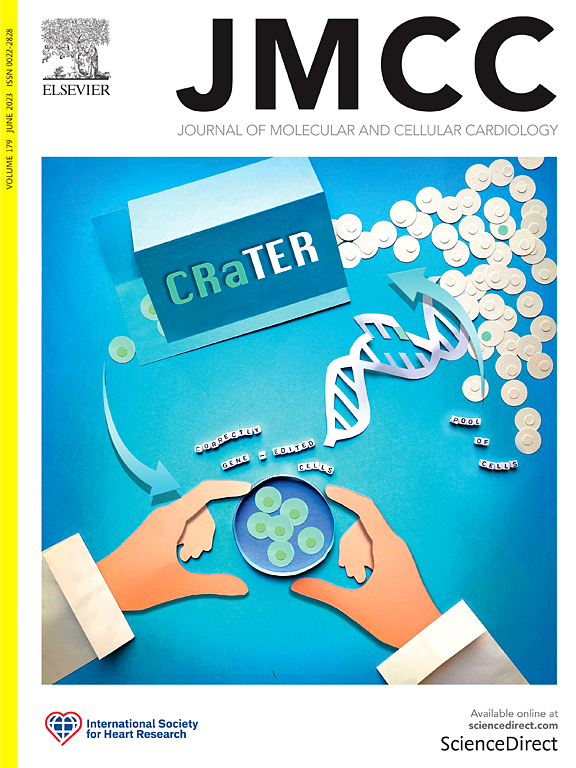单核多组测序中一种简单的核分离方法
IF 4.7
2区 医学
Q1 CARDIAC & CARDIOVASCULAR SYSTEMS
引用次数: 0
摘要
单核多组测序(snMultiome-seq)技术的出现极大地促进了我们对各种生物过程的理解。然而,现有的实验方案无法从冷冻保存的纤维组织(如心脏)中分离出高质量的细胞核,导致下游测序数据质量低。在这里,我们开发了一种简单而廉价的方法从冷冻组织中分离细胞核,称为下滤-梯度离心(DFGC)。该方案大约需要1.5小时完成,包括切碎(1分钟),浇注(3分钟),过滤(20分钟)和密度梯度离心(40分钟)。为了评估DFGC方法的有效性,我们将其与两种常用的细胞核分离方法-微珠和荧光活化细胞分选(FACS)进行了比较。我们证明了DFGC方法在生成单核基因表达和染色质转座酶可及性数据方面都是首选的方法。我们预计DFGC方法将成为snMultiome-seq中高质量核分离的主流方法。本文章由计算机程序翻译,如有差异,请以英文原文为准。

A simple approach of nuclei isolation for single nucleus multiome sequencing
The emergence of single nucleus multiome sequencing (snMultiome-seq) technology has greatly advanced our understanding of various biological processes. However, existing experimental protocols fail to isolate high-quality nuclei from cryopreserved fibrous tissues, such as the heart, leading to low-quality downstream sequencing data. Here, we develop a simple and inexpensive approach for nuclei isolation from frozen tissues, named douncer-filter-gradient-centrifugation (DFGC). This protocol takes approximately 1.5 h to complete, including mincing (1 min), douncing (3 min), filtration (20 min), and density gradient centrifugation (40 min). To evaluate the effectiveness of the DFGC approach, we compare it with two commonly used methods for nuclei isolation – micro-beads and fluorescence-activated cell sorting (FACS). We demonstrate that the DFGC method performs in a preferred manner for the generation of both single nucleus gene expression and chromatin transposase accessibility data. We anticipate the DFGC method to be a mainstream approach for high-quality nuclei isolation in snMultiome-seq.
求助全文
通过发布文献求助,成功后即可免费获取论文全文。
去求助
来源期刊
CiteScore
10.70
自引率
0.00%
发文量
171
审稿时长
42 days
期刊介绍:
The Journal of Molecular and Cellular Cardiology publishes work advancing knowledge of the mechanisms responsible for both normal and diseased cardiovascular function. To this end papers are published in all relevant areas. These include (but are not limited to): structural biology; genetics; proteomics; morphology; stem cells; molecular biology; metabolism; biophysics; bioengineering; computational modeling and systems analysis; electrophysiology; pharmacology and physiology. Papers are encouraged with both basic and translational approaches. The journal is directed not only to basic scientists but also to clinical cardiologists who wish to follow the rapidly advancing frontiers of basic knowledge of the heart and circulation.

 求助内容:
求助内容: 应助结果提醒方式:
应助结果提醒方式:


